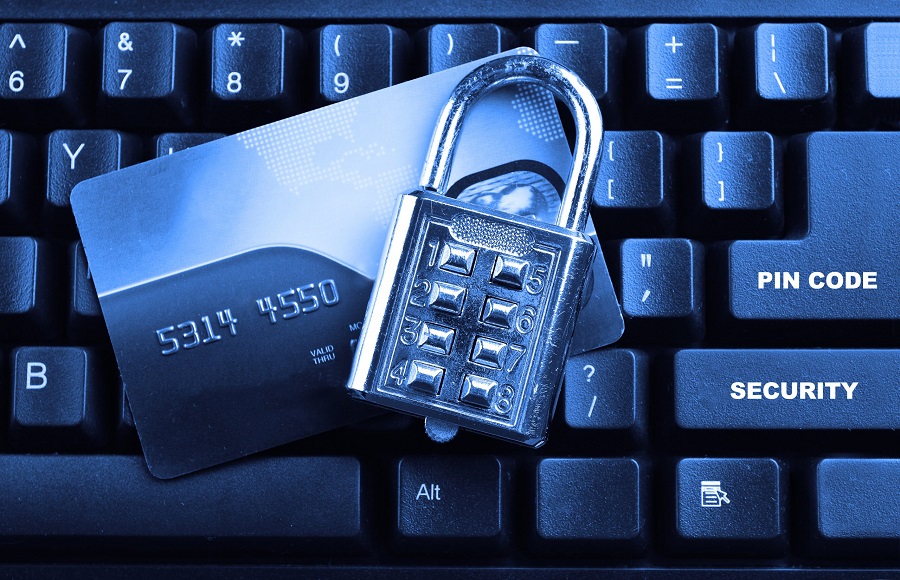How COVID-19 is Enhancing the Importance of Using Chargeback Fraud Management System for eCommerce Vendors?

The COVID-19 pandemic has affected online retailers in extraordinary ways. For some, the scattered workforces being forced to work from home has been a challenge. For others, the astronomic increases in online sales are coming as disguised blessings. As physical stores are slowly returning to normal, online sellers are facing major disruption — the necessity to be prepared for chargeback fraud.
What is Chargeback Fraud?
When cardholders dispute transactions they’ve made in the past using their credit card directly with the credit card company and not the merchants who have received the payment, they commit chargeback fraud. Of course, many online shoppers have disputed transactions in the past. Does that make them fraudsters? No. That’s why chargeback fraud is also called “friendly fraud,” as in many cases, customers don’t even know they’re abusing the chargeback process to obtain refunds. The merchant suffers the most when online shoppers behave this way. Unfortunately for them, deceitful chargeback claims are on the rise.
Some common reasons why a normal online shopper may commit chargeback fraud include –
- They didn’t understand the purchasing/payment process and made a genuine mistake.
- The shopper has doubts about ordering the product/service but doesn’t want to directly deal with the vendor.
- The shopper thought the product/service was free and didn’t expect the vendor to charge them on their credit card.
- A family member, friend, used the shopper’s credit card to buy something without informing the cardholder.
What’s even worse for vendors is that chargeback fraud isn’t always friendly. It can be premeditated. Fraudsters often use another cardholder’s information to acquire items on the internet. Before the merchant or the shopper knows about the fraud, the item has already been sent to the fraudster.
Why are Chargebacks so Expensive?
Chargeback fees tend to cause online vendors to lose two to three times the original transaction amounts. Many vendors don’t even realize how much loss they’re incurring. For instance, let’s view how chargeback on a $1000 purchase works –
- Transaction value: $1000
- Transaction fee: Payment processors charge 4% of the transaction amount as processing free. If that transaction leads to a chargeback, it means the vendor will pay an extra $40.
- Product Costs: Typically, the cost value of products being sold online is 23%. So, a vendor will end up paying $230 extra if a $1000 transaction leads to a chargeback.
- Marketing costs: Most vendors spend about 35% of their revenue on advertising their product. For a $1000 transaction, that’s $350 down the drain if the sale ends in a chargeback.
- Operational costs: Loading, packing, arranging logistics, storing, and shipping a $1000 product costs about $200 (20%).
- Chargeback fee: Lastly, the bank penalizes the vendor for the chargeback. This fee can range from anywhere between 25% to 40% of the transaction value. If we assume the best, that’s still $250 in fines.
So, the total cost of chargeback on a $1000 product is $1070! Numerous eCommerce experts have confirmed that chargeback costs get worse every year. Every two years, there’s a 41% increase in instances of chargeback fraud.
How are the Best Ecommerce Vendors Coping?
Leading eCommerce vendors are well aware of how badly fraudulent chargebacks impact their businesses. In a recent survey, vendors explained their chargeback management strategies, stressing the key factors they need to improve –
- 18% of eCommerce vendors stated avoiding false positives was their main concern.
- 22% stated they want to reduce overall chargeback rates.
- 29% stated disputing chargebacks was their main concern.
- 31% stated recognizing friendly fraud on the spot is the key to avoiding major losses in the long run.
When merchants don’t respond to chargeback claims, the chargeback is granted, and merchants have to suffer monetary losses. Even when merchants respond, unless they have compelling evidence, the shoppers’ credit card issuers or banks favor the shopper.
That’s why the best eCommerce vendors prefer using a chargeback fraud management system. These tools help them recognize shoppers as soon as they land on their eCommerce platforms. These capabilities make it easier to avoid scammers. Other advantages of having a dedicated chargeback fraud prevention system include –
- It’s easier to filter out dubious purchases. Each transaction is analyzed against a predetermined set of rules. If a customer seems suspicious, additional verification steps can be triggered automatically.
- The chargeback fraud system managers rank, evaluate, and contest all payment disputes promptly.
- The chargeback experts maximize win rates for their customers.
- Each credit card company has different chargeback requirements. These chargeback experts keep eCommerce platforms up to date by studying these requirements and meeting documentation standards with each appeal.
- These system managers clearly define chargeback requirements on behalf of their vendors.
Most importantly, these third-party chargeback experts maximize their clients’ acceptance and win rates and drastically reduce expenses. As the pandemic compels eCommerce vendors to create new sales channels, struggles with chargeback management are expected. Outsourcing these difficult duties to dedicated chargeback experts is the most cost and time-efficient solution.